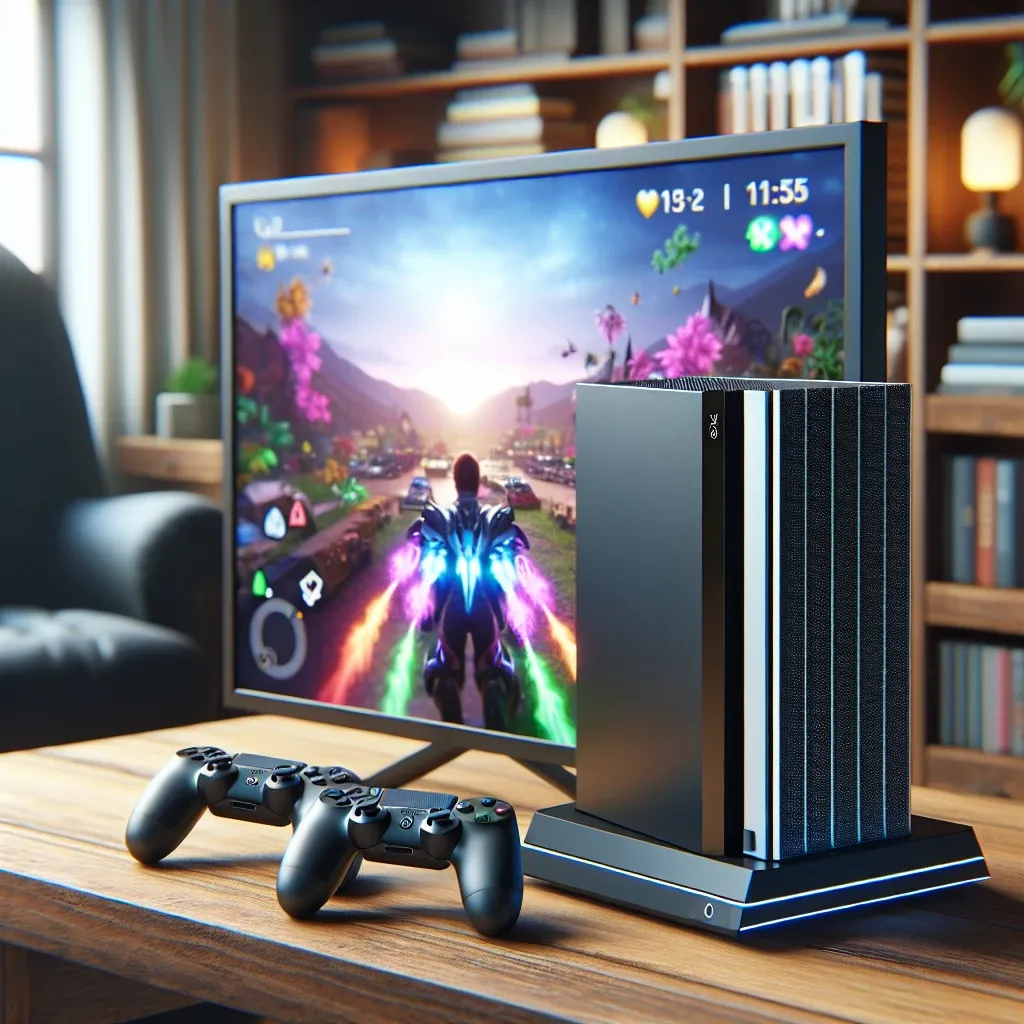Understanding LED Monitors
In recent years, LED monitors have become a popular choice for both casual and professional gamers. LED, or Light Emitting Diode, monitors offer a range of benefits including superior color accuracy, energy efficiency, and longer lifespan. They have largely replaced older technologies like LCD and CRT due to their advanced capabilities and user-friendly features. But the question arises, are LED monitors actually compatible with gaming consoles like PlayStation, Xbox, and Nintendo Switch? This article delves into this topic to provide a comprehensive answer.
Compatibility Factors
When it comes to gaming, not all monitors are created equal. Several factors determine the compatibility and performance of an LED monitor with a gaming console:
| Factor | Importance | Details |
|---|---|---|
| Resolution | High | 1080p, 1440p, and 4K resolutions are essential for high-quality visuals. |
| Refresh Rate | High | 60Hz and above enhances the gaming experience by providing smoother visuals. |
| Response Time | Medium | Lower response times reduce delay and improve gameplay. |
| Input Lag | High | Low input lag is critical for faster response in games. |
| Ports | High | HDMI 2.0 or 2.1 ports ensure connectivity with modern consoles. |
| Aspect Ratio | Medium | 16:9 is standard, 21:9 provides widescreen experience. |
| HDR Support | High | High Dynamic Range support enhances color and lighting effects. |
Resolution
Resolution is one of the most critical factors for a gaming monitor. An ideal gaming monitor should support at least a Full HD (1080p) resolution. PlayStation 5 and Xbox Series X also support 4K resolution, making 4K LED monitors a fantastic choice for better clarity and detail.
Refresh Rate
Refresh rate is another important factor. Monitors with a refresh rate of 60Hz are sufficient for casual gaming but for competitive and high-paced games, a refresh rate of 120Hz or higher is recommended. Sony’s PS5 and Microsoft’s Xbox Series X both support 120Hz refresh rate, making LED monitors with this feature highly compatible.
Response Time
Response time is the time it takes for a pixel to transition from one color to another. Lower response times are preferred for gaming as they reduce motion blur and ghosting. LED monitors generally offer response times as low as 1ms, making them ideal for fast-paced games.
Input Lag
Input lag refers to the delay between pressing a button and seeing the action on screen. Lower input lag is crucial for a responsive gaming experience. LED monitors are typically known for their low input lag, which is a significant advantage over traditional displays.
Ports and Connectivity
Modern gaming consoles like PlayStation and Xbox use HDMI ports for video output. HDMI 2.0 supports up to 4K resolution at 60Hz, while HDMI 2.1 supports 4K at 120Hz and 8K at 60Hz. Ensuring your LED monitor has these ports is essential for optimal performance.
Aspect Ratio
The aspect ratio determines the width and height of the screen. The standard ratio for gaming is 16:9, which is great for most games. However, some gamers prefer 21:9 ultra-wide monitors for a more immersive experience. LED monitors are available in both aspect ratios, providing flexibility based on your preference.
HDR Support
HDR, or High Dynamic Range, enhances the color and lighting effects in games. It makes the visuals more vivid and lifelike, significantly improving the gaming experience. Many LED monitors come with HDR support, which can make a noticeable difference in games designed to utilize this feature.
Practical Considerations
Beyond technical specifications, there are practical considerations when choosing an LED monitor for gaming consoles:
- Budget: While higher-spec monitors offer better performance, they often come at a higher price.
- Space: Ensure the monitor fits your gaming setup without overcrowding your space.
- Extra Features: Features like built-in speakers, adjustable stands, and eye-care technologies can add value.
Conclusion
LED monitors are indeed compatible with gaming consoles, offering numerous advantages like high resolution, fast refresh rates, low response times, and HDR support. When selecting an LED monitor for your gaming console, consider the factors mentioned above to ensure a seamless and immersive gaming experience. Happy gaming!

